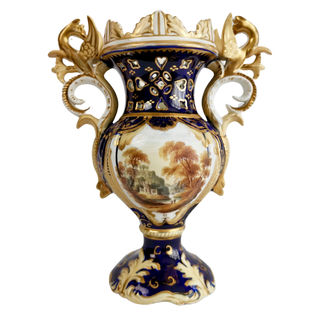

Thumb and Finger
I have been writing a few times lately about the interesting East-West mix of cultures in porcelain (see the links below). Right now we...


Beauty in extraordinary times
Now more than ever do we need beauty in our lives! These are extraordinary times and what makes it more unprecedented is that the whole...


Samuel's beasties
In my previous career I had the pleasure to work for a school that was located at St Donat's, one of Britains' best medieval castles in...


Our little winged friends
Putti, also called cherubs or cupids or little angels, are a very popular Western design feature and you can often see putti in the...























